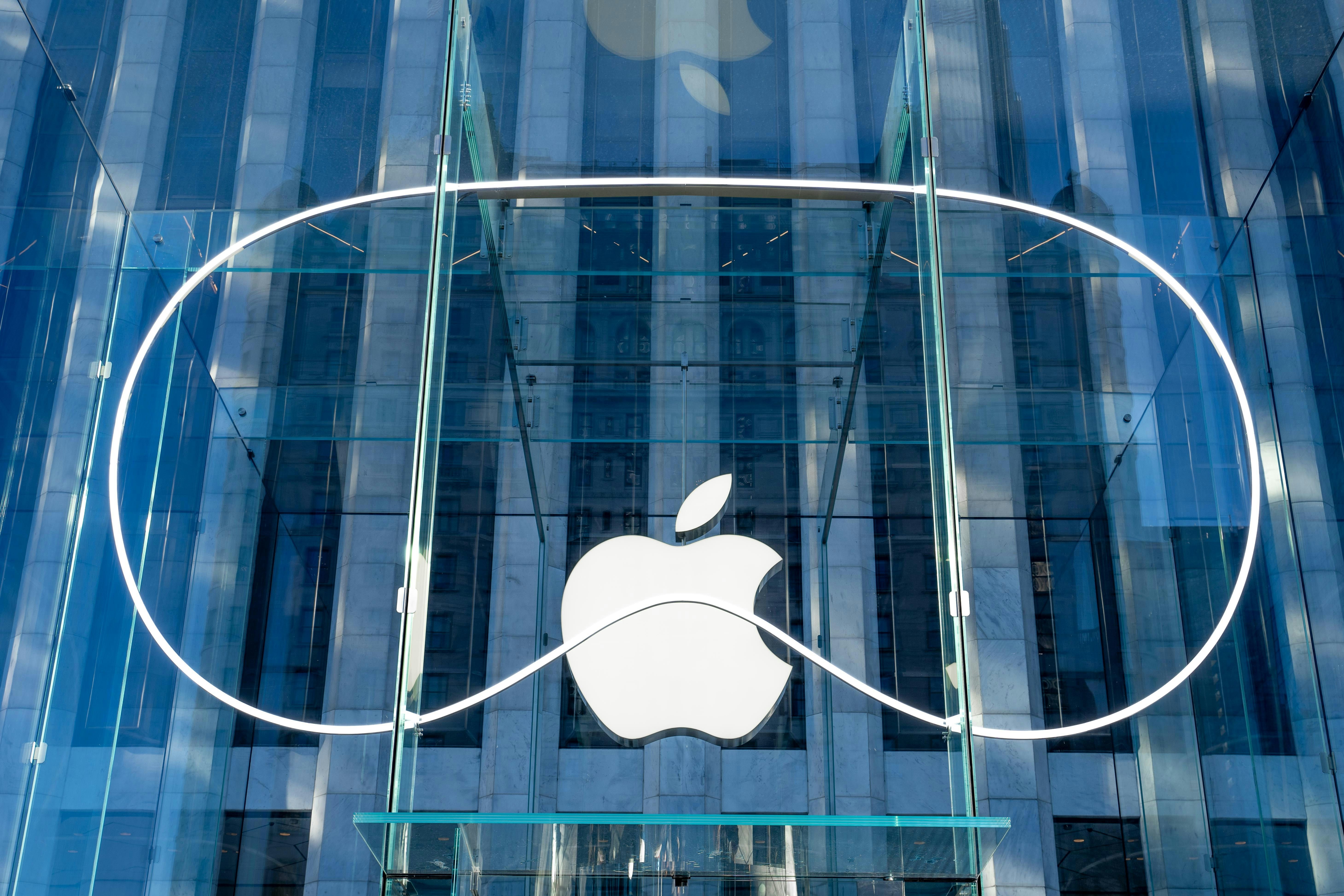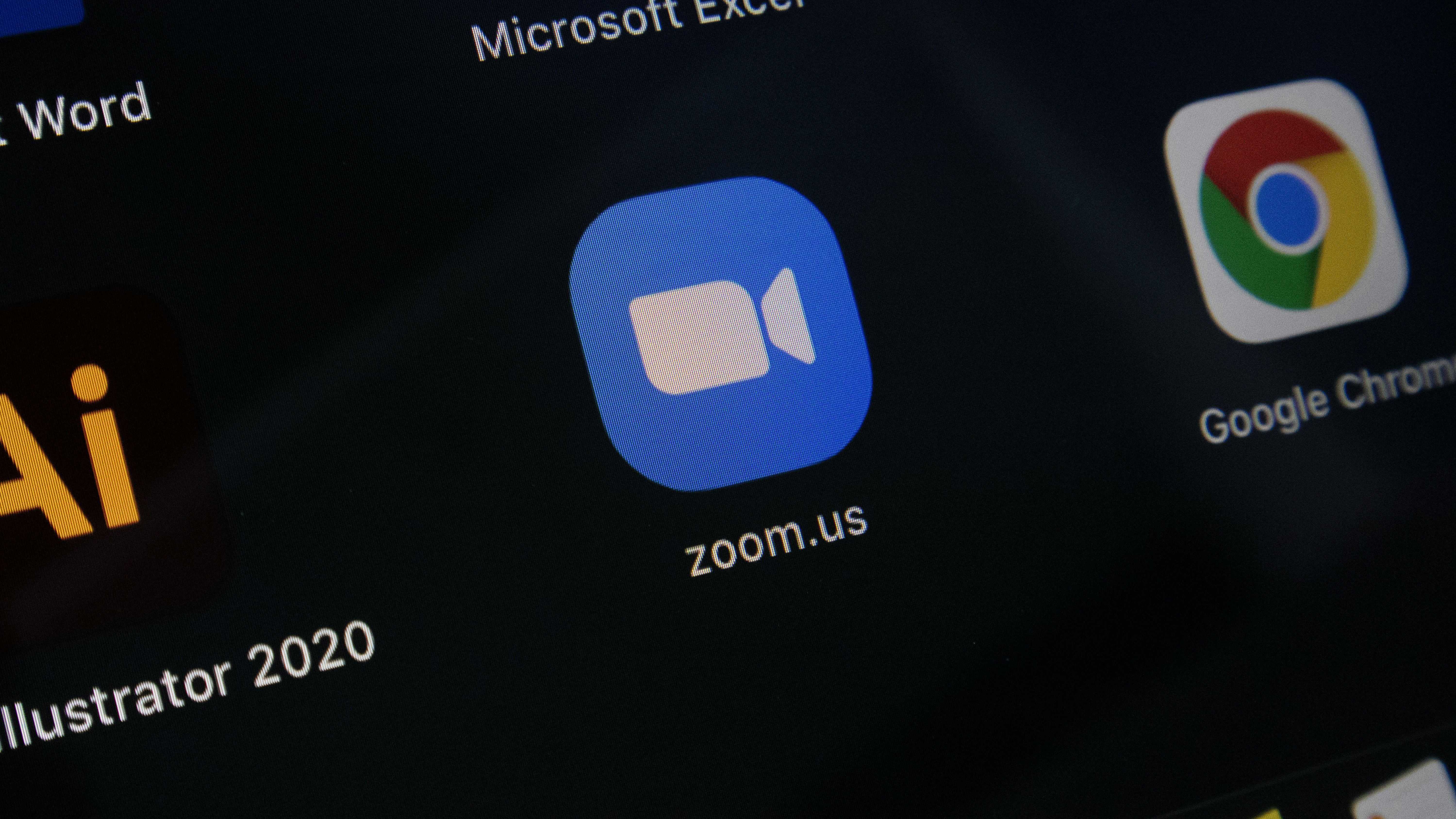Apple's Vision Pro, a highly anticipated mixed reality headset, has encountered unexpected challenges with consumer demand resulting in significant production cuts. Introduced as a state-of-the-art device combining virtual and augmented reality technologies, the Vision Pro came with a steep price tag of $3,500. Initially forecasted to reach sales between 700,000 to 800,000 units, the latest reports from analyst Ming-Chi Kuo highlight a stark reduction in expectations, setting the new target to roughly 400,000 to 450,000 units for 2024. This considerable decrease reflects not only the shrinking consumer interest in the U.S. market prior to its international launch but also a recalibration of expectations for its performance globally.
Analysis of the Decision to Cut Vision Pro Production
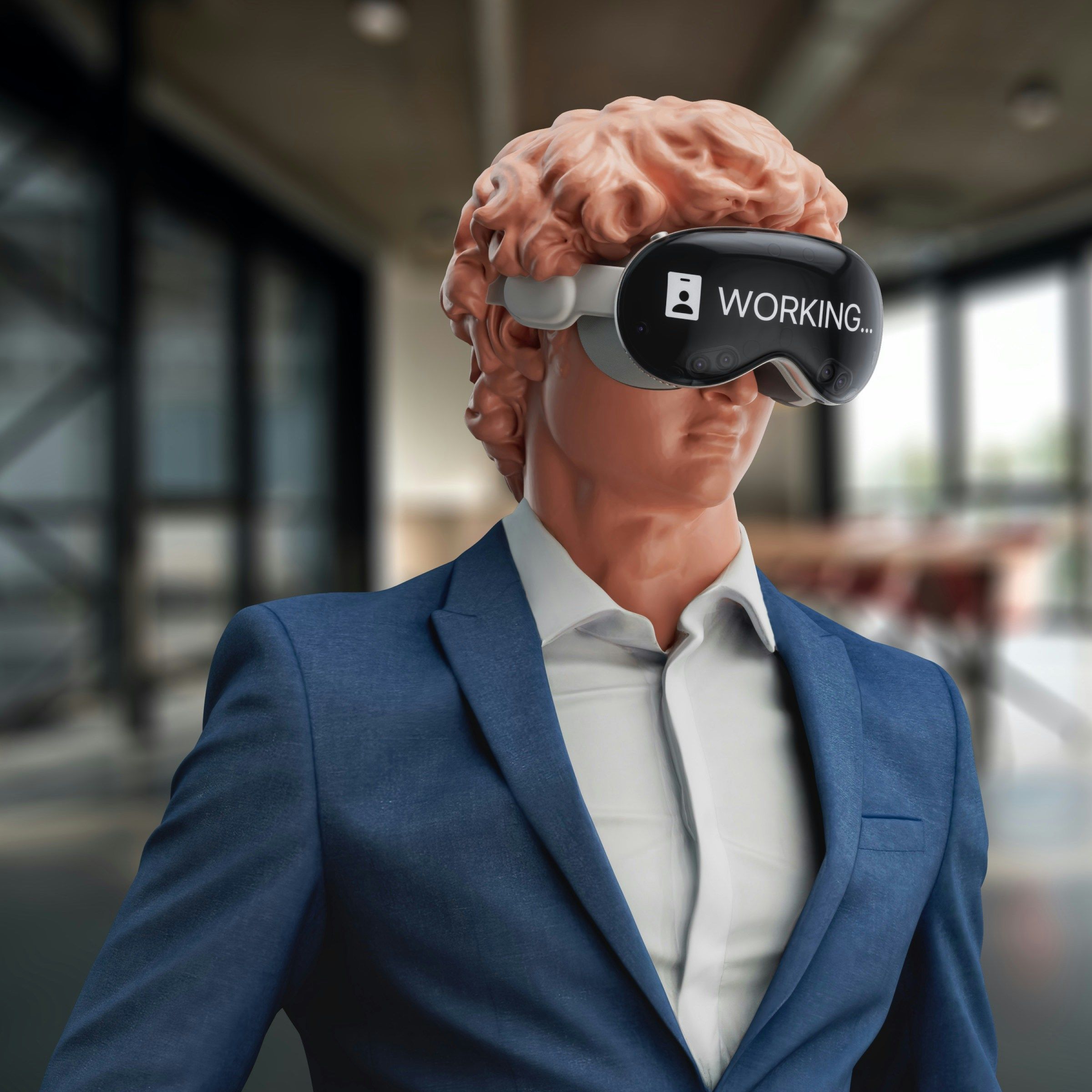
Photo by Igor Omilaev on Unsplash
Insights from Ming-Chi Kuo on Reduced Shipment Projections
Ming-Chi Kuo, a well-regarded analyst specializing in Apple's supply chain, has provided significant insights into the company's decision to slash the shipment forecast for the Vision Pro. According to Kuo, Apple has reduced its shipment expectations from an initially anticipated range of 700,000 to 800,000 units down to 400,000 to 450,000 units for 2024. This considerable adjustment comes before the Vision Pro's market launch outside of the United States, reflecting the lower-than-expected demand domestically. The adjustment also indicates a broader review and potential recalibration of Apple's future plans concerning its head-mounted display products.
Impact of Low Demand in the U.S. Market
The U.S. market's lukewarm response to the Vision Pro has been pivotal in shaping Apple's strategic shift. Despite substantial early excitement around the product's announcement, the practical uptake has significantly fallen short of expectations. The device's high price point of $3,500 and the lack of sufficiently compelling content or applications have deterred a wider adoption. These factors have not only influenced immediate sales projections but are also prompting Apple to reconsider its roadmap and investment in similar technologies moving forward.
Strategic Adjustments to Apple's Future Product Roadmap
Triggered by the Vision Pro's tepid market reception, Apple is reportedly reassessing its developmental trajectory for augmented reality (AR) and virtual reality (VR) offerings. This reevaluation could delay or entirely reshape future iterations of the Vision Pro or similar AR/VR headsets. The focus may shift towards enhancing user experience, affordability, and perhaps, downsizing expectations around the mainstream viability of high-end AR headsets in the near term.
The Market's Response and Consumer Sentiment
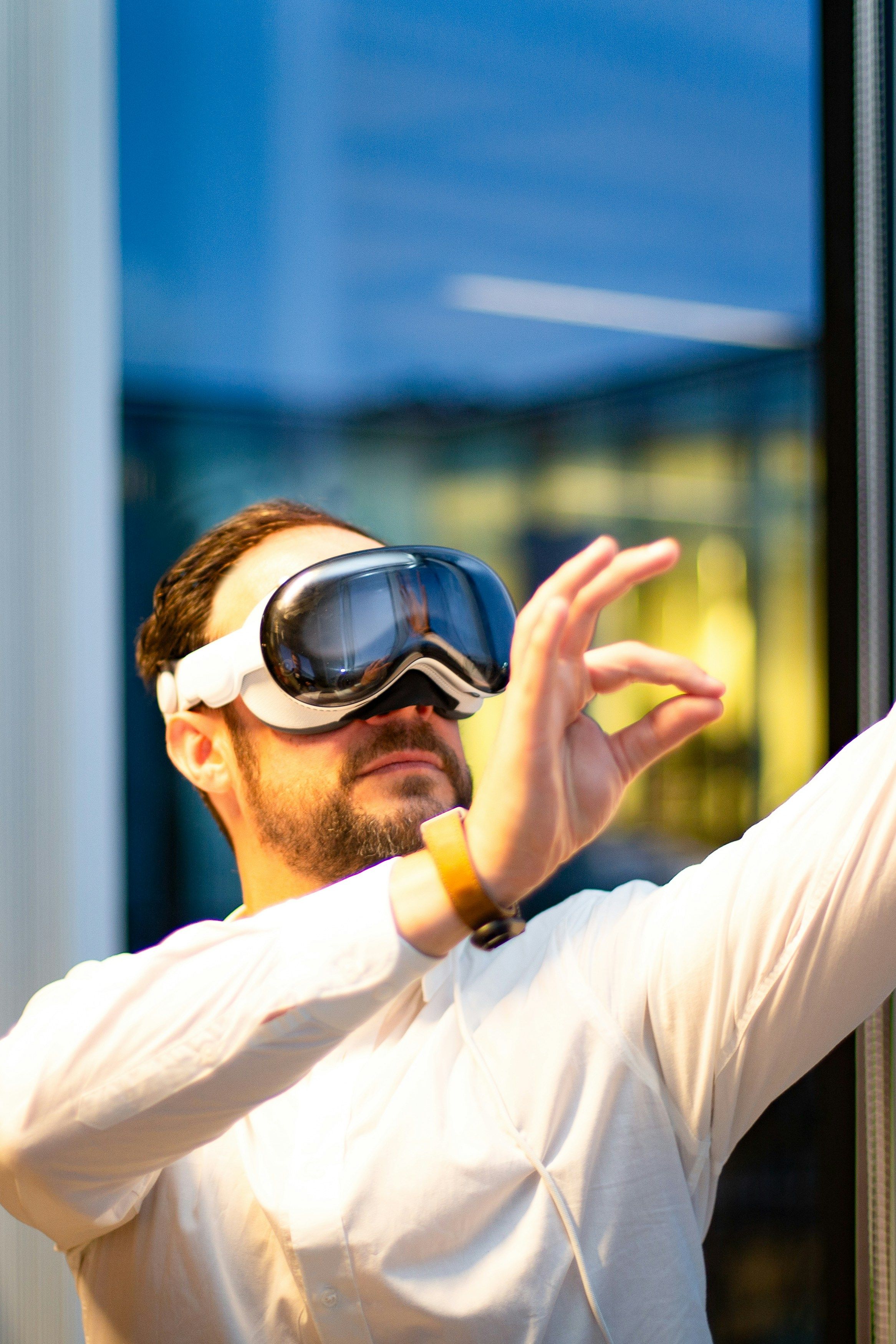
Photo by Bram Van Oost on Unsplash
Initial Excitement versus Long-term Viability
Initially, the Vision Pro stirred considerable excitement among technology enthusiasts and industry observers, heralding what many thought would be a transformative leap in AR and VR experiences. However, as users began to weigh the practicality and cost against their daily needs, long-term viability concerns grew. The excitement has notably waned as the fundamental barriers—such as high costs, limited exclusive content, and the device's ergonomics—became apparent, leading to a reassessment of its market potential.
Public and Expert Reactions to the Price and Practicality
The public and experts alike have voiced significant concerns over the Vision Pro's price and practical use cases. Critics argue that the device, while technologically advanced, lacks the necessary ecosystem of apps and services to justify its premium price. Furthermore, user reviews frequently highlight issues with comfort and the challenge of integrating the device into everyday life, suggesting that Apple may have prioritized technological showcase over practical user considerations.
Predictions for Demand in International Markets
With the U.S. market response serving as an indicator, predictions for international demand are cautious at best. Analysts are skeptical about the Vision Pro's performance as it prepares for launch in additional markets. The global tech community's reaction, mirroring that of the U.S., suggests that the adjustments made to the production and development plans are not only a response to current trends but also a preemptive move to mitigate potential setbacks in global markets. Apple's strategy will likely involve recalibrating marketing efforts, possibly adjusting the Apple Vision Pro price, and enhancing user application scenarios to better align with international consumers' expectations and preferences.
What Exactly is Wrong With the Apple Vision Pro?
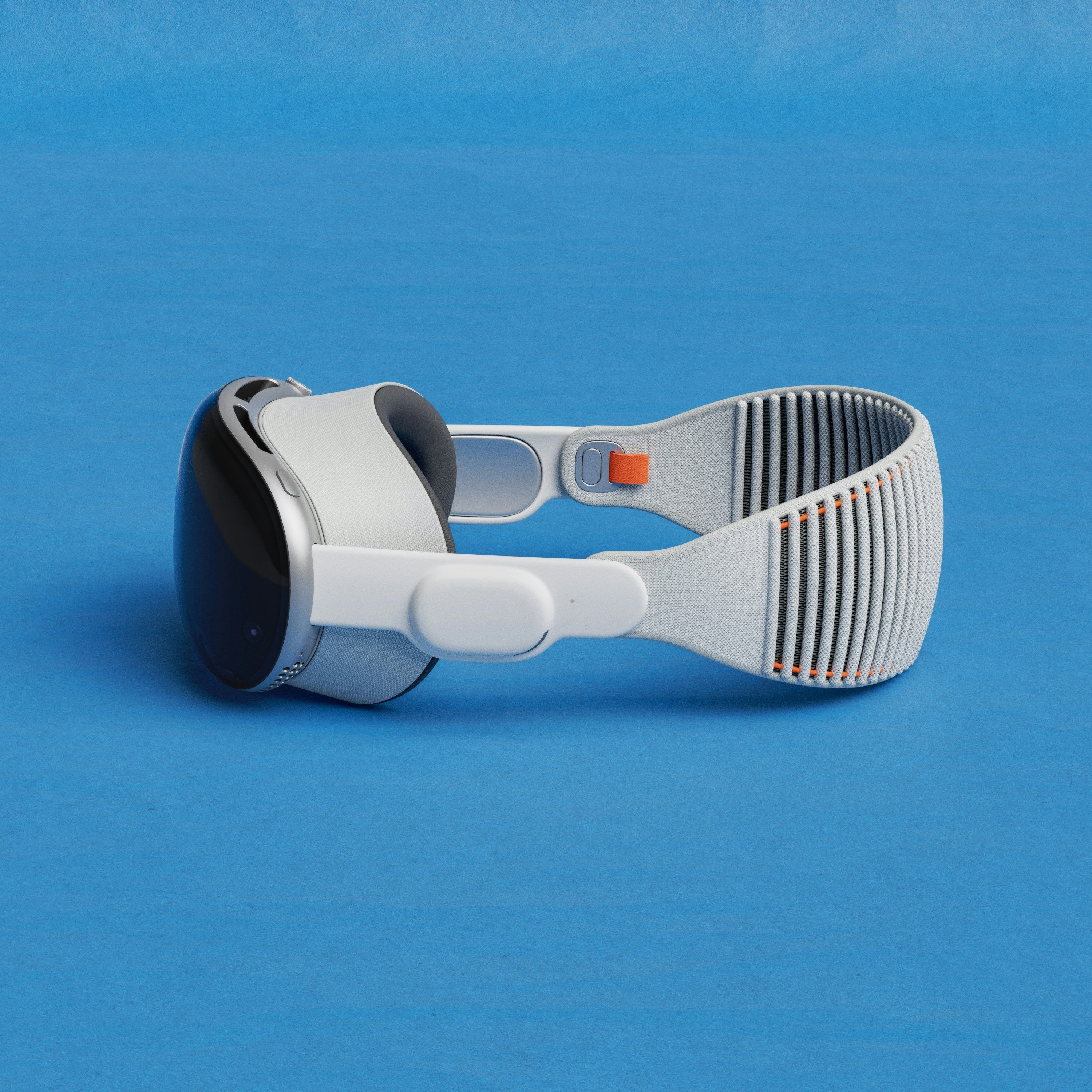
Photo by Igor Omilaev on Unsplash
Lack of Key Applications and Unique Content
The Vision Pro has encountered significant challenges due to a dearth of key applications and unique content that leverage its capabilities. Critics and early adopters have pointed out that while the hardware shows promise, there is a notable lack of compelling software that fully utilizes the mixed reality environment offered by the device. This lack of engaging content has led to a situation where users are not finding enough value to justify the investment, contributing to the lower than expected demand and high return rates. The device’s ability to capture the interest of mainstream consumers and developers is crucial for its success, but as it stands, the compelling use cases are not sufficiently apparent or widespread.
Apple Vision Pro Pricing and Comfort Concerns
Another significant barrier to the adoption of the Vision Pro is its pricing and comfort. Priced at $3,500, the Vision Pro is notably more expensive than most of its competitors, making it less accessible to a broader audience. Additionally, users have reported concerns regarding the headset's comfort, which is a critical aspect for a device meant to be worn on the head for extended periods. These factors combined make the Vision Pro a less attractive option compared to more affordable and comfortable alternatives available in the market.
Competition from Other AR and VR Devices
The augmented reality (AR) and virtual reality (VR) market is highly competitive, with numerous players offering a variety of solutions that cater to different segments of consumers and professionals. Companies like Meta, with their Quest line of headsets, offer significantly cheaper options and have established a substantial ecosystem of apps and games. The intense competition puts additional pressure on Apple's Vision Pro, which needs to distinguish itself not only through superior hardware but also through a unique and compelling platform of services and applications.
Implications for the AR and VR Industry

Photo by Igor Omilaev on Unsplash
Potential Shifts in Technology Component Demand
Apple's adjustment in production forecasts and the corresponding decrease in demand for the Vision Pro could lead to shifts in the demand for specific high-tech components used in AR and VR devices, such as Micro OLED displays and pancake lenses. These components are crucial for the development of lightweight and efficient headsets. However, lower-than-expected sales of premium devices like the Vision Pro could slow down the pace at which these technologies are adopted and integrated into other consumer electronics.
Influence on the Development and Adoption of Mixed Reality Technologies
The performance of high-profile products like the Vision Pro can significantly influence the perception and adoption of mixed reality technologies. If Apple scales back its investment in this area, it could signal to other industry players and developers that the market is not yet ripe for widespread adoption, potentially slowing innovation and investment in the AR and VR sectors.
Long-term Effects on Apple's Position in New Technology Markets
Apple has often succeeded in defining new product categories and driving consumer adoption through its ecosystem, design, and marketing prowess. However, the challenges faced by the Vision Pro might impact Apple's position in the emerging markets of AR and VR. If Apple cannot overcome the issues of content, comfort, and competition, it may find itself behind other companies that are more established in these technologies. This situation could lead to a reassessment of Apple's ability to dominate every new tech frontier it explores, potentially affecting its market influence and future strategic decisions.

